|
I was so taken by Hotel Bastide de Voulonne, which is near Gordes in the Luberon region. Above is the outdoor courtyard that was central to the rooms, with the stairs to the left leading to mine. 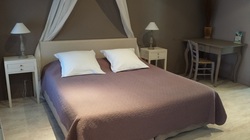 I almost didn't want to leave my room, or my doorway for that matter, as it was so pretty. I also really didn't want to stop looking at that fantastic frosted-glass door. Eventually I had to walk down those gorgeous steps into the gorgeous courtyard to the gorgeous 18th-century farmhouse (sigh), which had a back patio that overlooked the lush countryside. The owners of the hotel welcomed a handful of international visitors for a pre-dinner schmooze with hors d'oeuvres and a table of elegant cocktails. A nice dinner followed of cauliflower soup with sesame and salmon to start and then entrecote de boeuf with vegetables and potatoes.  My room keys. How cute?? Each room had a name and a kitschy keyring. My room was passionflower.
0 Comments
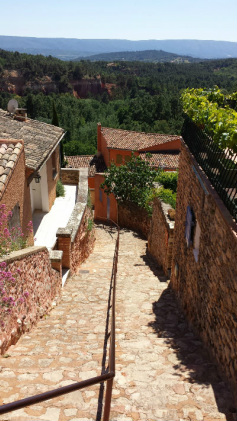 It's pretty obvious why Roussillon is on the list of "Most Beautiful Villages in France," an actual designation given to the prettiest of the bunch that adhere to a strict list of 27 criteria. I was able to visit a few of these villages of the 152 with this official designation and each one, from an aesthetic standpoint, rightfully deserved to be on that list. Roussillon looks like it is out of picture book. From the ground to the brick to the rooftops to the flowers to the homes, to that view, just breathtaking. Ochre deposits found in the clay give the village that stunning pinky-orange colour. Les Halles d’Avignon is a covered market with 40-odd stalls hocking Provencal specialties, including produce, breads, fresh seafood and colourful spices. Herbes de Provence is a delightful mixture of savoury, marjoram, rosemary, thyme, oregano and lavender, traditionally used in southern French cooking. Sprinkle it on chicken, pork, beef, fish or salads. That dusting of lavender is really something special. 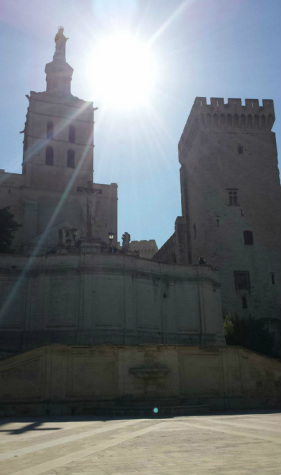 My jaw dropped the moment we got to the city centre of Avignon. This papal city dates back 5,000 years. The medieval Roman sites and ruins stand majestic overlooking the centre and make me think of Rome. The sheer grandiosity symbolizing just how important this city was so many centuries ago. Caught in the rays of sunshine, the Notre Dame de Doms cathedral’s gilded statue of the Virgin – added in the 19th century – casts a divine impression on the 12-century cathedral. Dating back to the 14th century, the Popes’ Palace is just massive, and said to be the largest gothic palace in Europe. Its size, with 15,000 square metres of floor space, is said to symbolize the pontifical power in the city. Visitors can explore the 25 rooms where the many popes who lived there had their private quarters and were entertained by great banquets and theatrical shows. 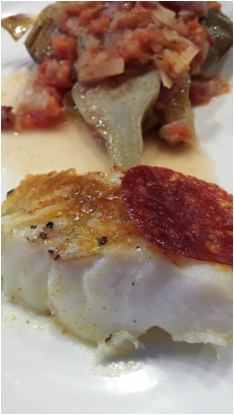 After all of this incredible eating, we were looking forward to learning how to make some Provencal fare ourselves. At this point in the trip, only a few days in, we were definitely feeling food overload. While we complained about our sore and protruding bellies, we weren't really complaining. How can we say no to any of this cuisine – ind-blowing in its appearance and delectable in taste? We can't (and don't). And that's that. Now it was our time to flex our muscles in the kitchen. We arrive at Maison de Fogasses, a 16th-century French mansion in Avignon owned by the jovial Corinne Guyon. This mansion-restaurant is so eclectic – so many rooms, each with a different vibe. Guests can rent out the home for events or cooking classes and enjoy the rooms, the backyard, the art gallery and studio, the fashion boutique. 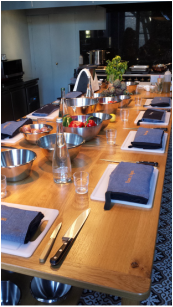 We eyed the long table, set out with fresh ingredients and an assortment of tools and aprons. Oh boy here we go. Our chef-teacher Caroline Millet looked stern and I got a pang of nervousness. What if I messed up ingredients, what if I chopped off a finger? She took us through how to prepare an artichoke (not an easy feat!), how to prepare tomatoes so the skin rolls off, how to sear red and green peppers, and how to make tapenade – my job (yikes). Give the tapenade to the olive hater. However ... well ... I'd rather not include a spoiler alert for my own feature, so I will point you to my cover story in the Toronto Star travel section on July 26 chronicling my adventures in the kitchen, which includes epiphany – yes an epiphany! The amount of oil I poured in to make the tapenade, mon dieu. 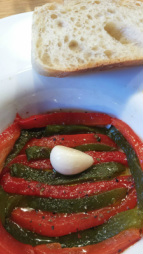 After learning how to properly slice peppers and cook them, we added a softened slice of young garlic that had been marinated in vinegar for three months and then olive oil for three months. It tasted surprisingly sweet. Finally a glimpse of the breathtaking vineyards, where the magic happens that is the prized France vintage. The village of Châteauneuf du Pape, in Provence-Alpes-Cote d'Azur region, is home to the legendary wine of the same name that we have all heard of, but not all have tasted. Finally, I get to taste. And sniff and swirl and sip and all of those good things at our wine tasting at the Brotte Wine Museum. This is where the beloved La Fiole du Pape was born. We learned about the special technique of blending young wines and older reserves to ensure the consistency of the style year in and year out, much the way Champagne is made. And here is a snapshot of what we learned: The first vines were planted by the ancient Romans, and the region's special soil and terroir produce a number of grape varieties, which are largely red and largely Grenache. The soil is characterized by pebbles that retain heat during the day and cool down at night, lending a positive effect to the ripening of the grapes. The Mediterranean climate of dry, sunny weather and non-freezing temperatures create the coveted character of Châteauneuf du Pape's grapes. Another factor is the Mistral, the "crazy wind" they say can reach up to 100 mph -- the bane to hairstyles everywhere (especially ours during some insanely windy days). The Mistral is incredibly nourishing to the grapes. It keeps the grapes clean, dry and carries away insects and disease. Great impact on the character of the grapes, super-annoying impact on us. We got the Mistral bad in the face on a couple of days in the south. The sheer grandeur of the Pont du Gard is awe-inspiring. To hear the story of how this ancient aqueduct bridge came to be from our incredibly prolific guide Alejandro was a real treat. The Romans built this 50-kilometre-long aqueduct to carry water from the springs in Uzes to the people of Nimes in the 1st century AD. I loved taking in this architectural feat and contemplating how ancient it was. The aqueduct was built for the most part underground, but further complicating this massive undertaking was the fact that the terrain from A to B had hills and could not be built in a straight line. The route had to be diverted and wind across a gorge, thus creating the need for an aqueduct bridge. The aqueduct had to carry the water at just the right gradient along all of these hills to sustain the flow of water, and so the Roman engineers had to contemplate the depressions in the landscape. If the aqueduct were too steep, the water would run too fast, bursting the pipes. If it were built too low, the water wouldn't flow. The accuracy behind its construction ... Truly fascinating stuff. 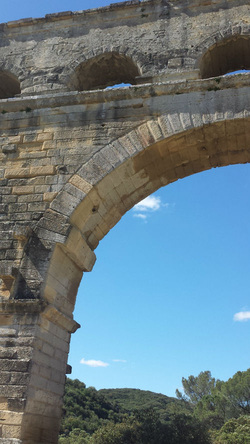 They say the aqueduct carried 2 million litres of water a day and took 15 years to build. The Pont du Gard is surrounded by a beautiful and "sensitive" landscape that was rehabilitated in 2000. If you like to walk among the serene hills of the Mediterranean, leave extra time to explore the grounds around the bridge -- it is just gorgeous. Go off the paths ... there is so much to discover. You can detect traces of the work done by the men who cleared the forests to plant wheat, vineyards and olive trees. It's all there to see still, and the area is a beautiful, living testimony to its agrarian past. The breeze felt so fresh on my face. Our dinner at Le Carre d'Art in Nimes was pure artistry. I ate a bull steak. No bullshit! Or bullcrap. Or bull-ogna. Not entirely a steak person, I took the bull by the horns on this one. We all marvelled about being in the land of bull fighting, a traditional event that dates to the 19th century in Nimes and Arles in the south of France, and eating bull steak. Ciele du Nimes is a delicious restaurant on the top floor of the Le Carré d’Arté, a contemporary cultural centre across from the ancient Maison Carrée, a Roman temple built in the 16th century. This juxtaposition of ancient and modern is a remarkable site, especially since Le Carre d'Art is mirrored, and so the reflection of this grand historical structure is reflected on the modern structure. Very cool. We also were served codfish as well -- the fish appeared many times on our plates throughout the trip, and I loved it. And believe it or not, that is the cod below: 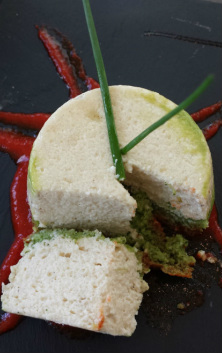 Check out the way I ate it: All moussed and fluffy. Damn it looks like gefilte fish but I am certainly not discriminating against that, says the proud gefilte fish lover. With a fluffy underbelly of moussed zucchini and a red pepper sauce, the Ciele du NImes was fast winning our hearts. And then there was dessert. Oh gawd our first dessert. Lemon meringue -- mon dieu. Unbelievably rich. Unbelievably tasty. While exploring Nimes, we happened on some pretty majestic Roman architecture, said to be some of the best preserved in the world. |
Jennifer Bill
Published journalist, world traveller, big thinker, fun haver Archives
May 2014
Categories
All
|

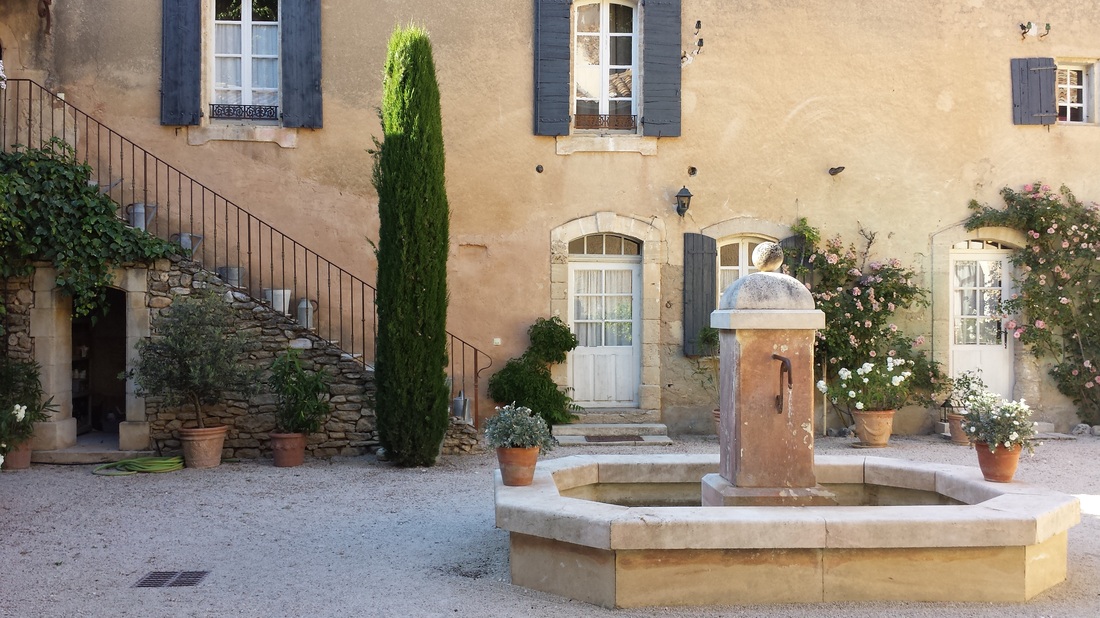
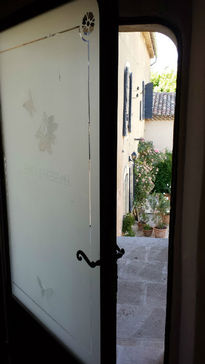
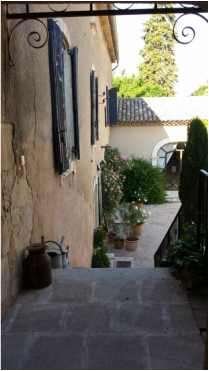
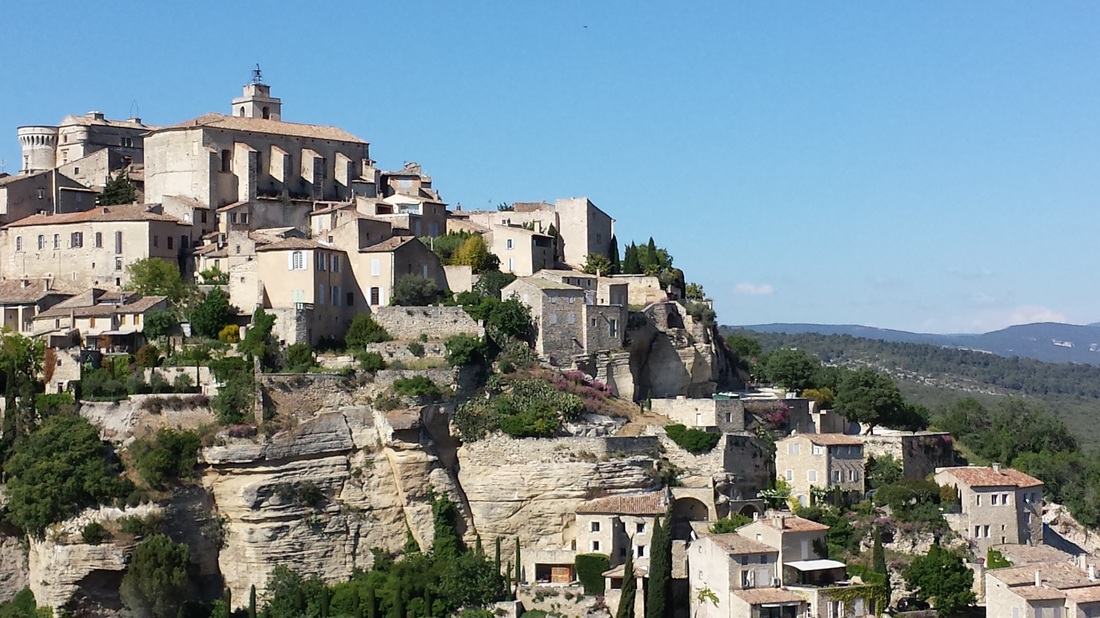
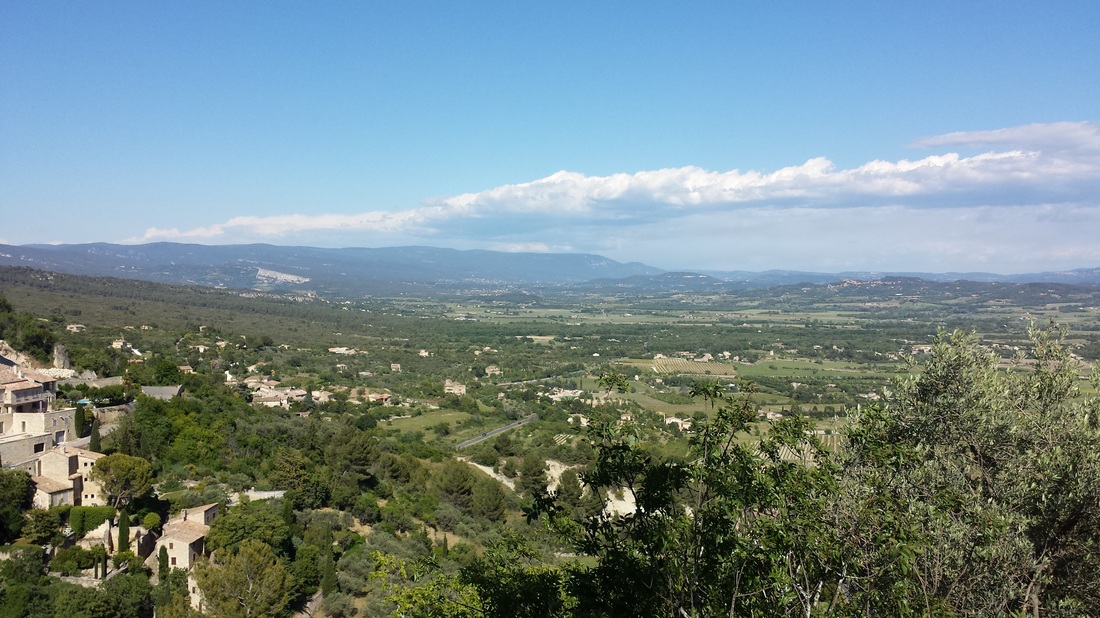
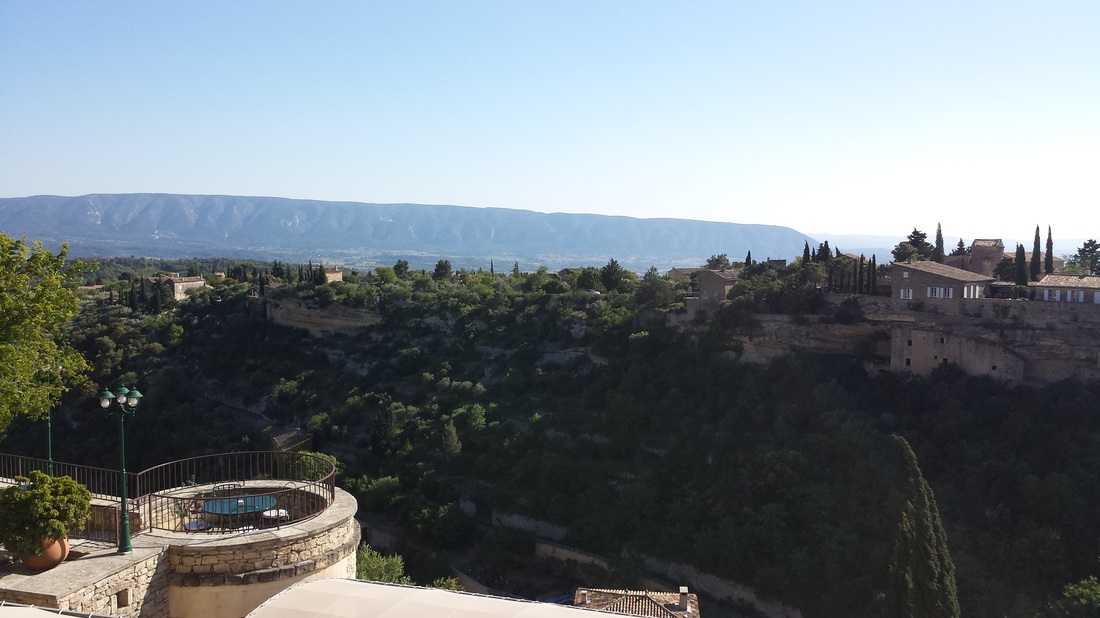

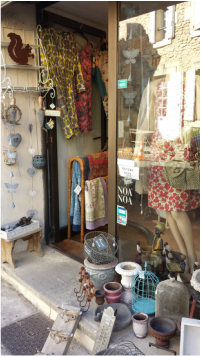
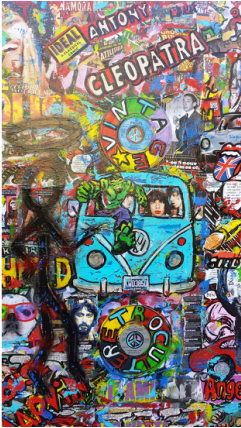
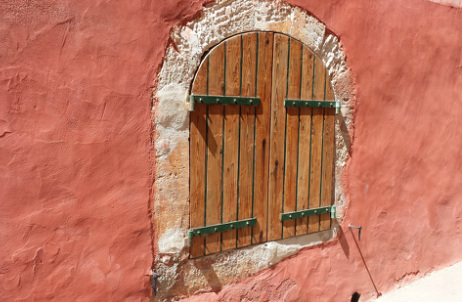
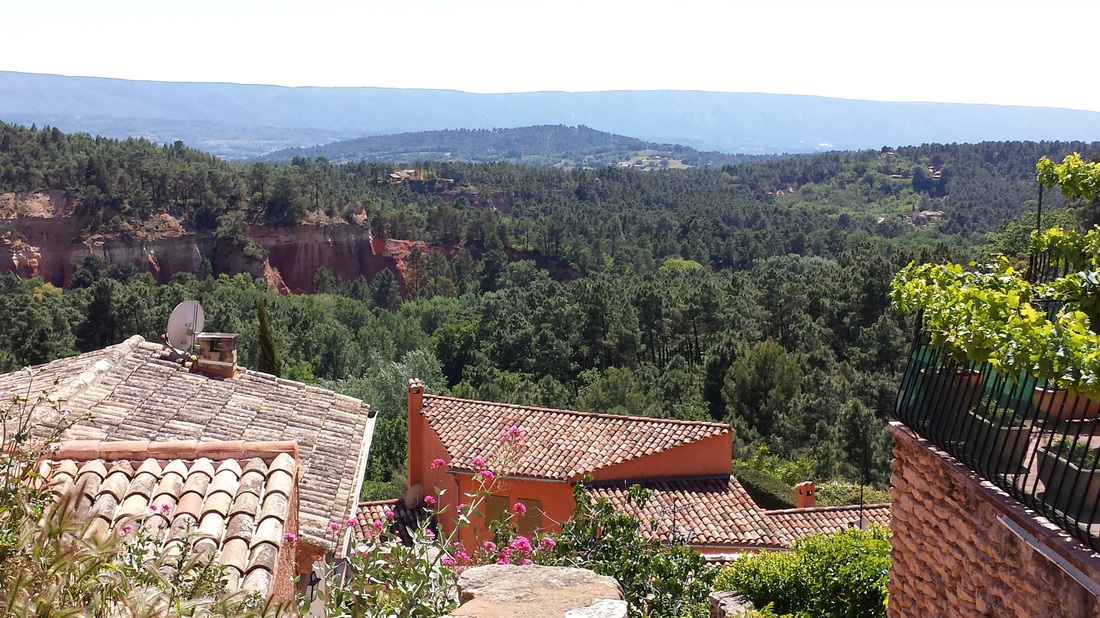
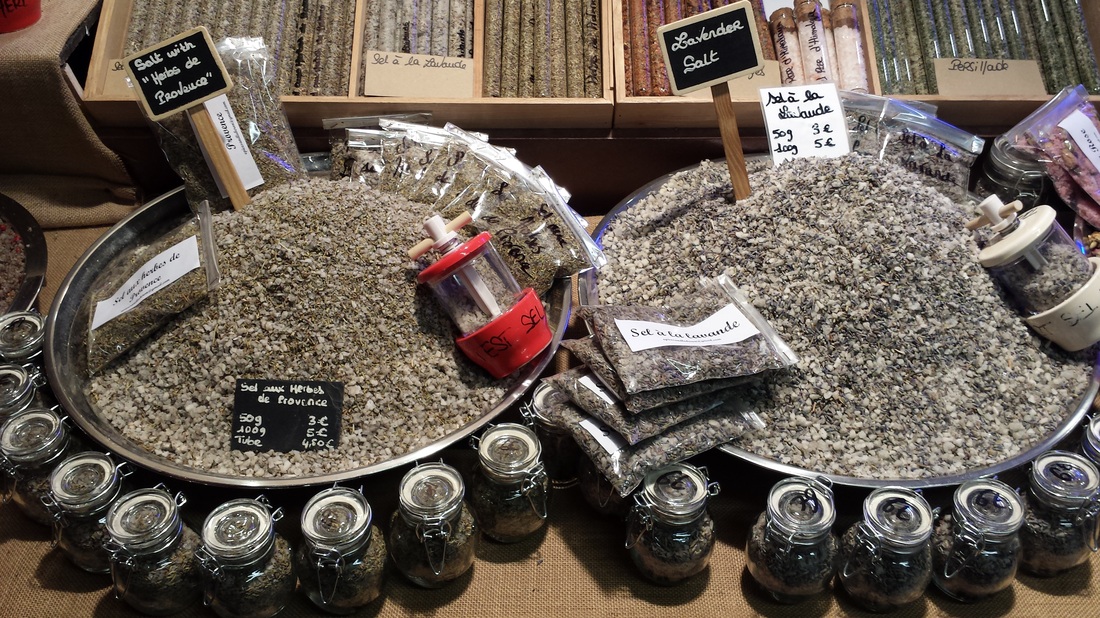
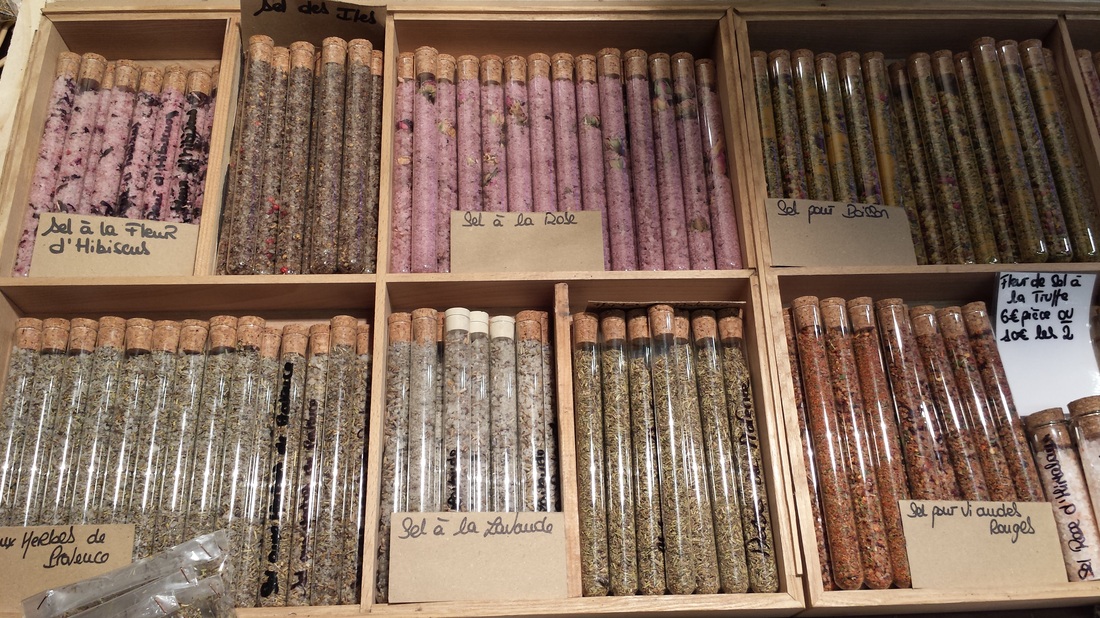
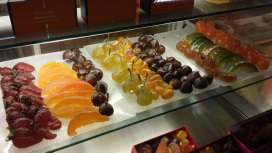
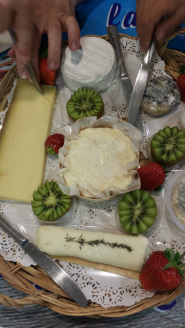
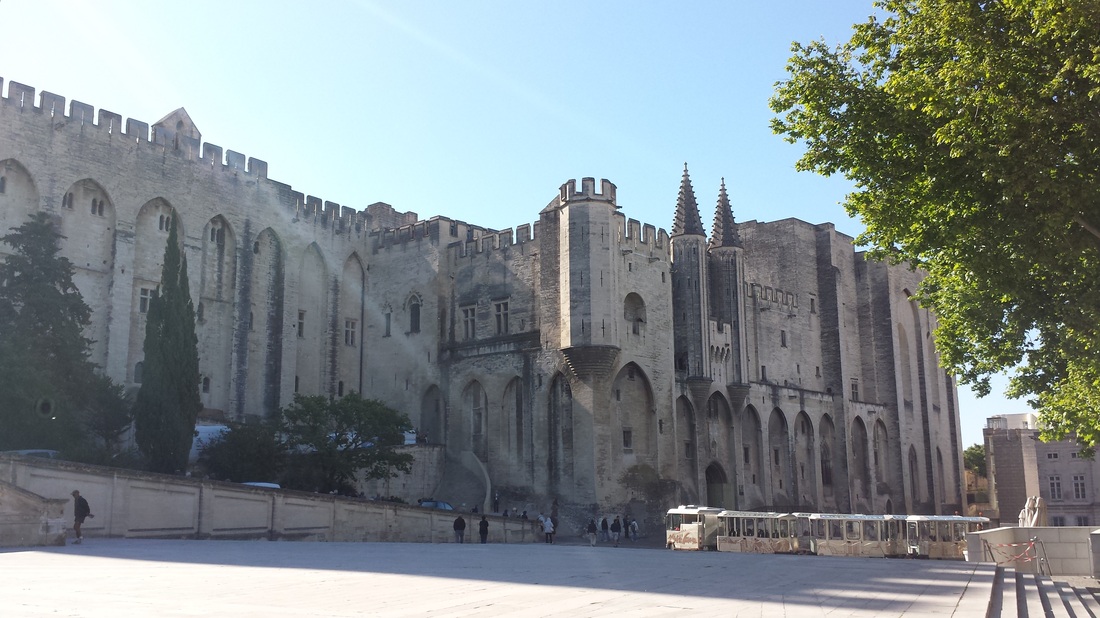
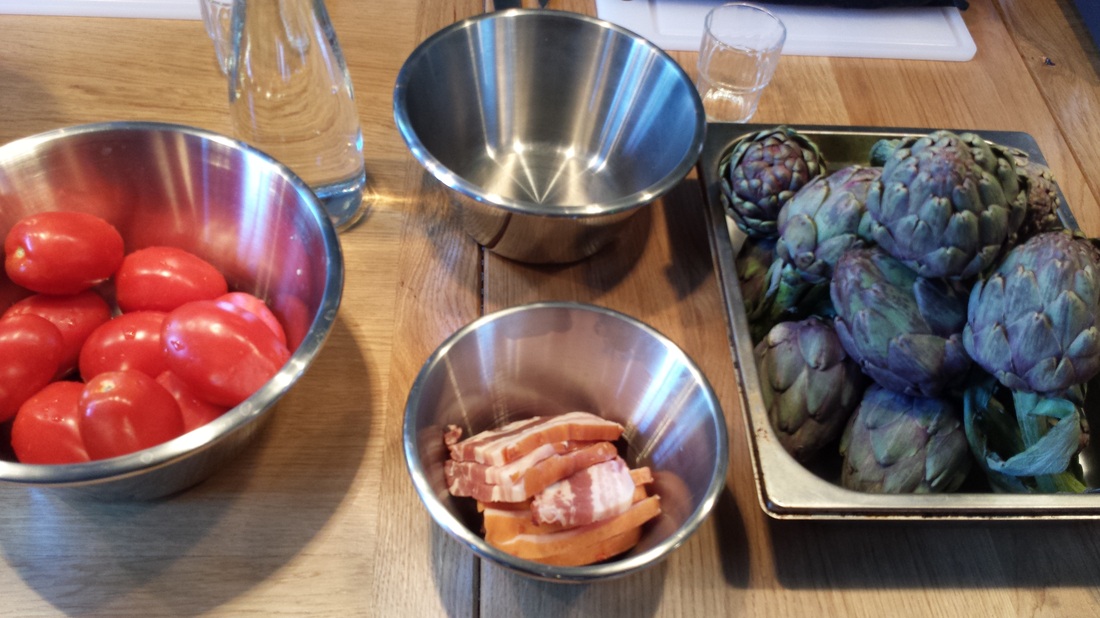
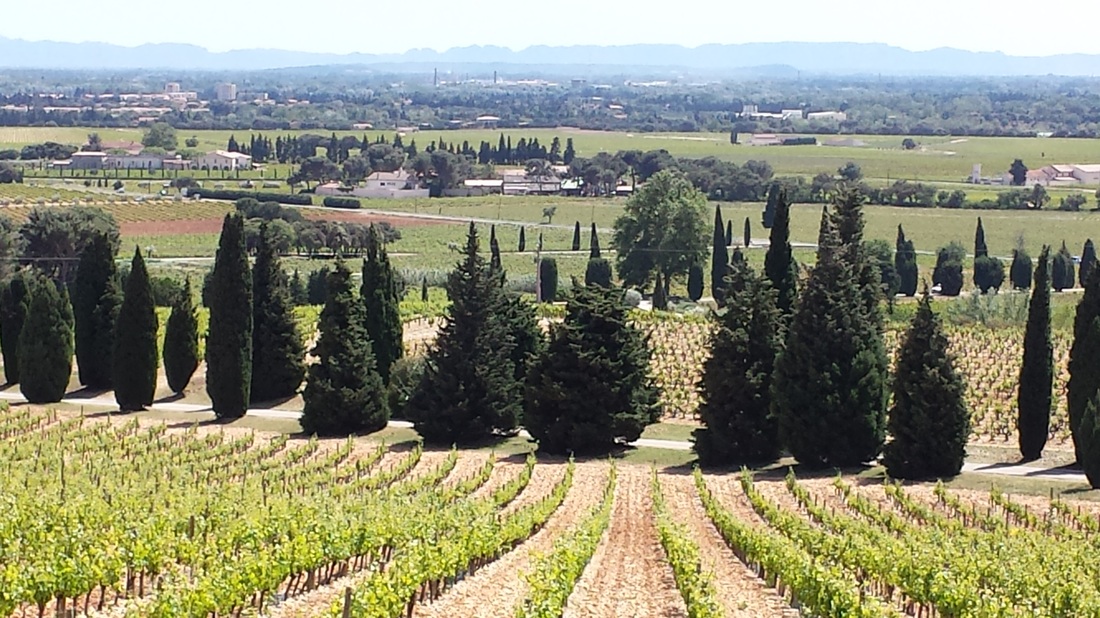
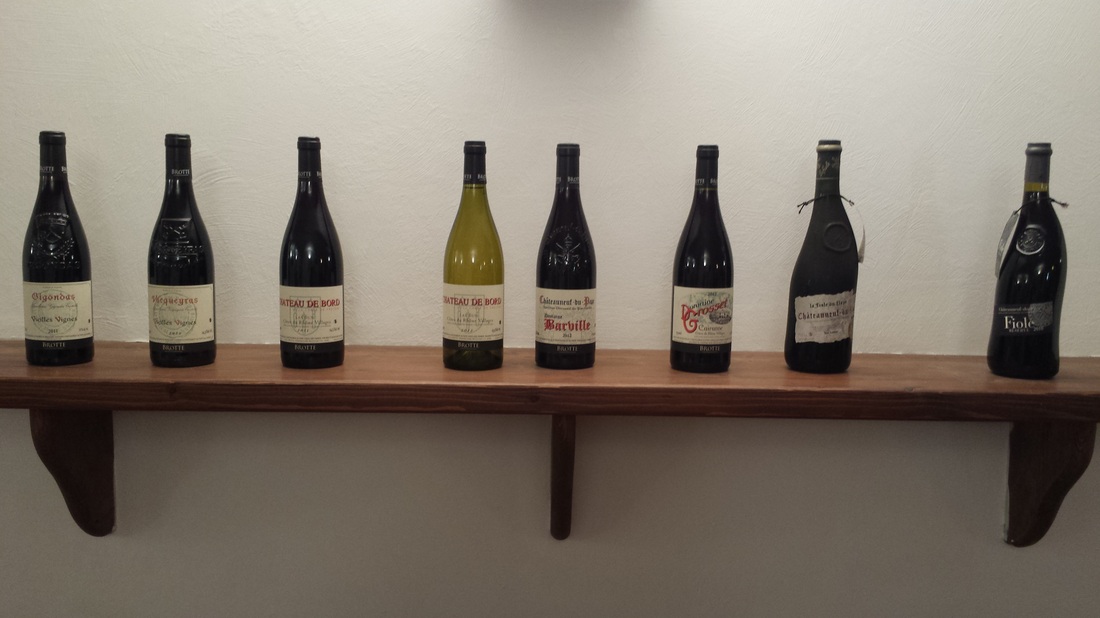
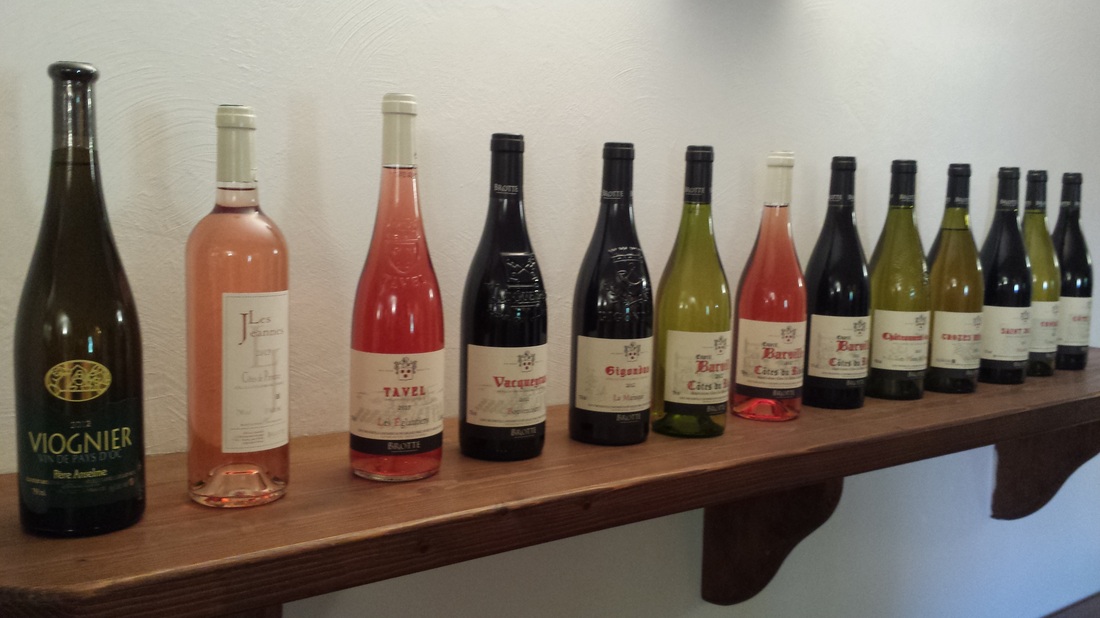
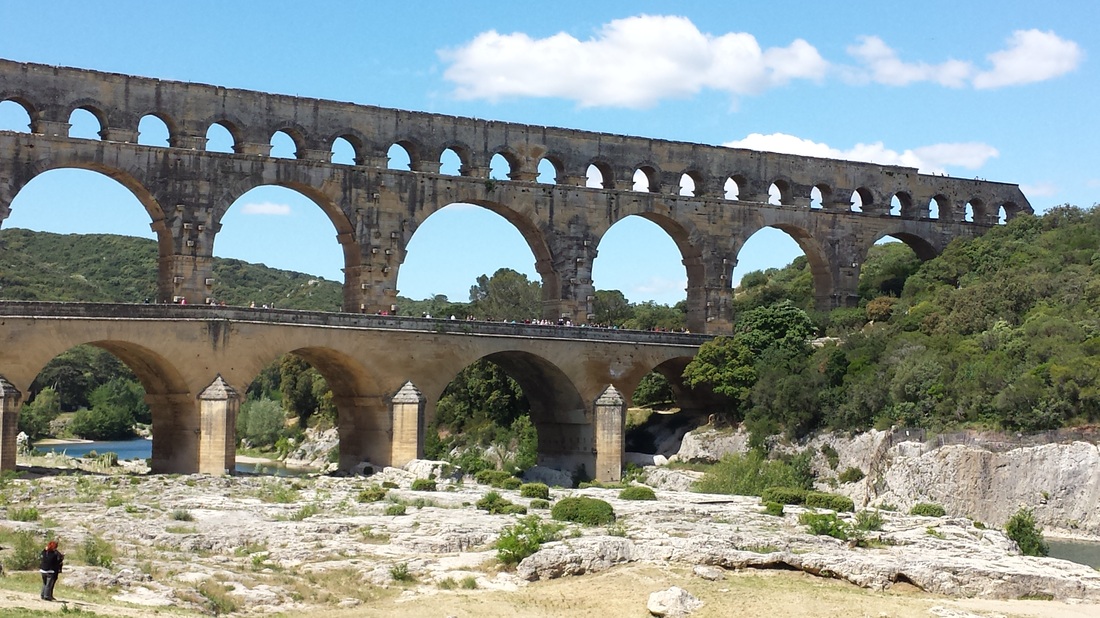
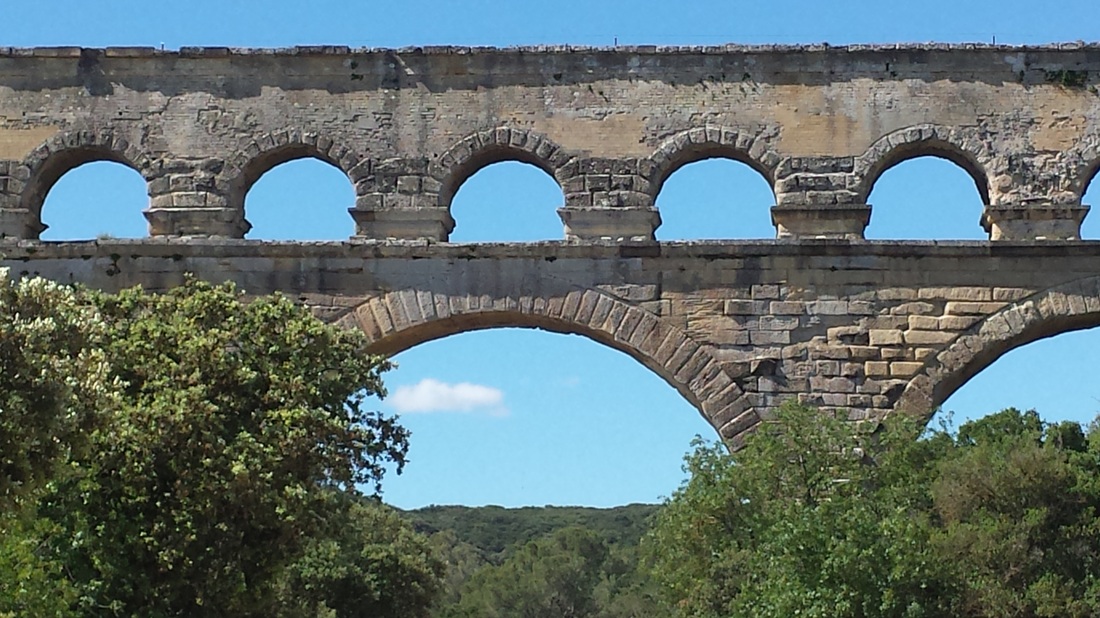
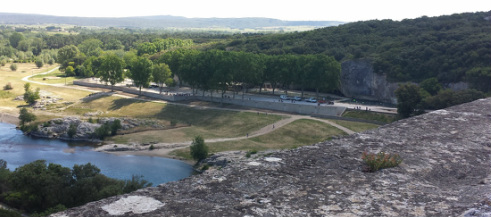
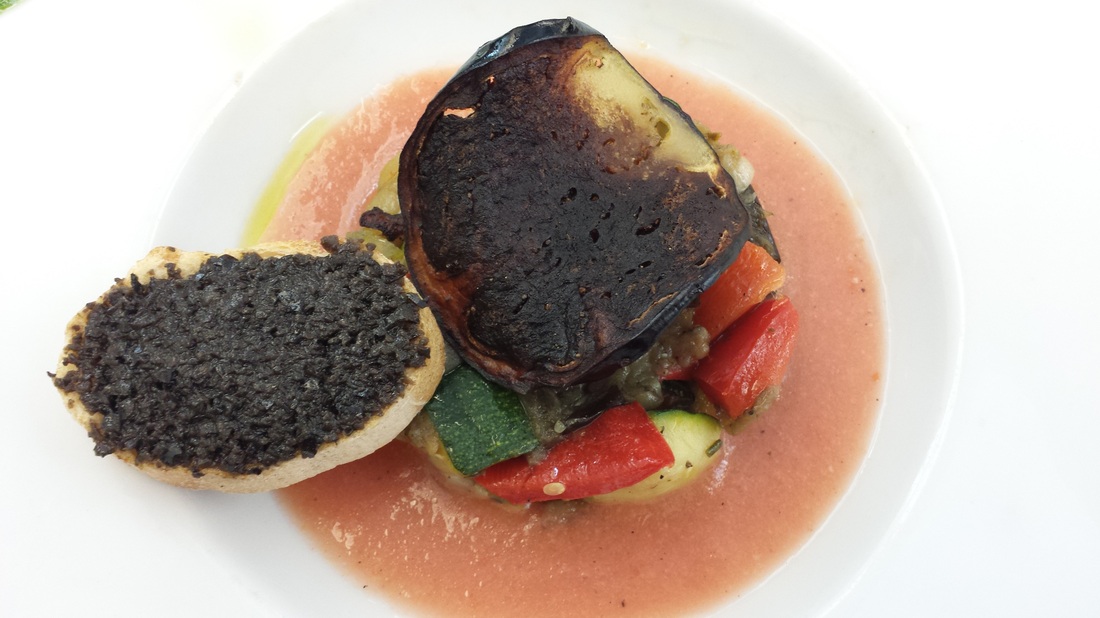
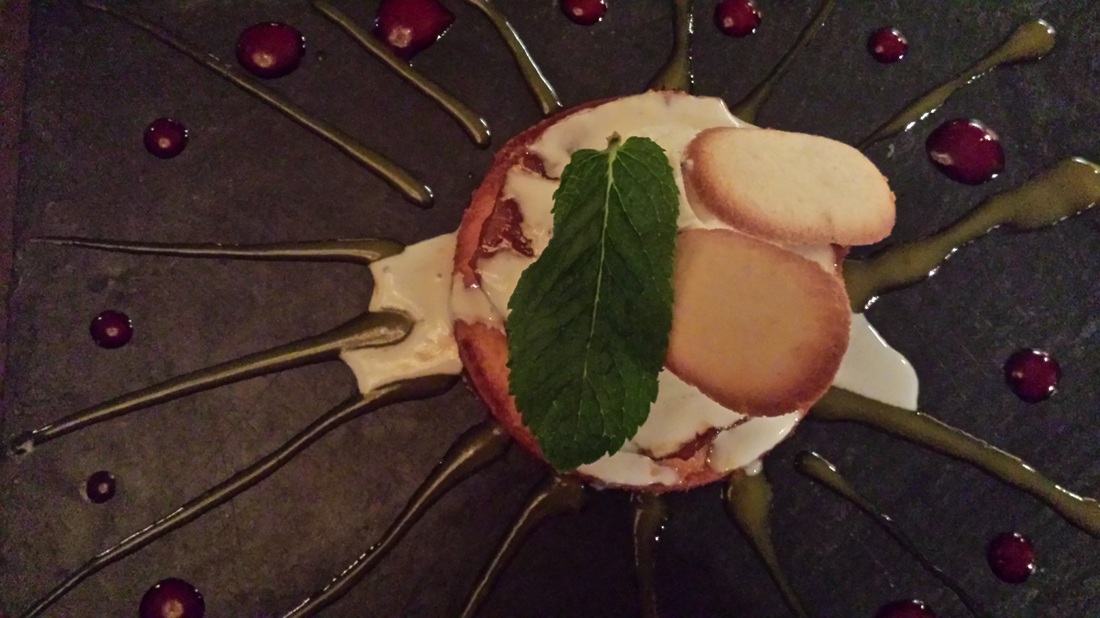
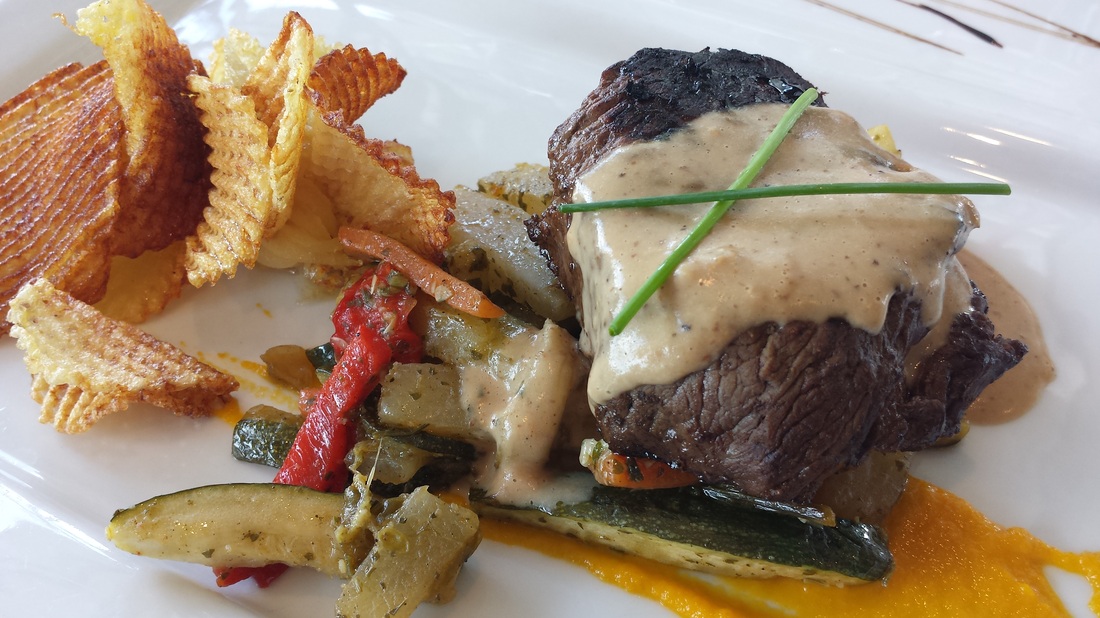
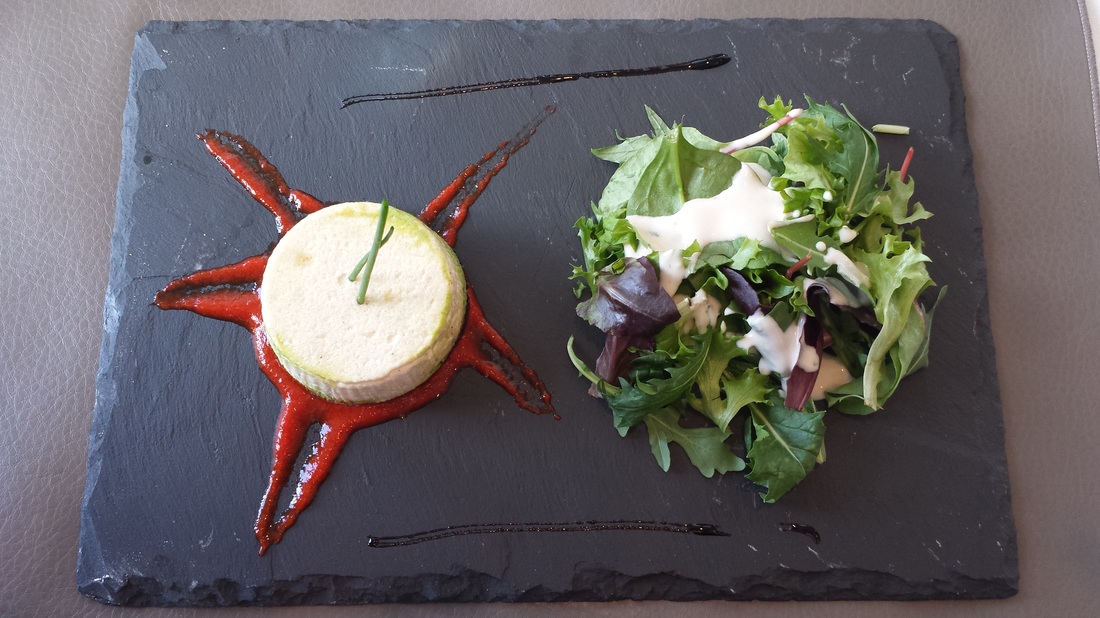
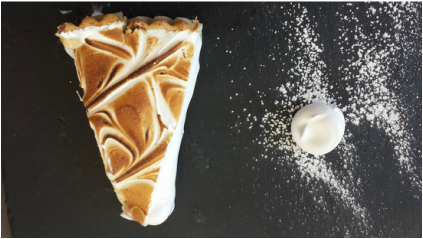
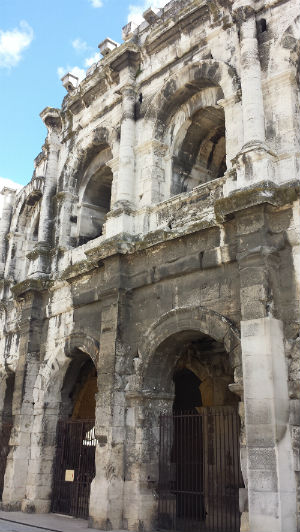
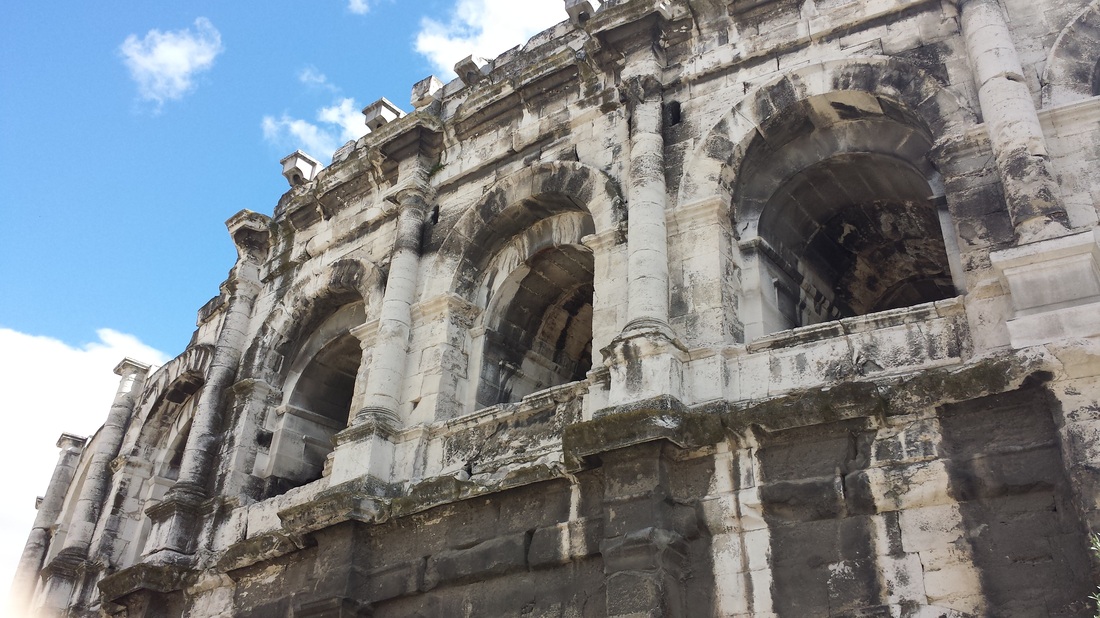
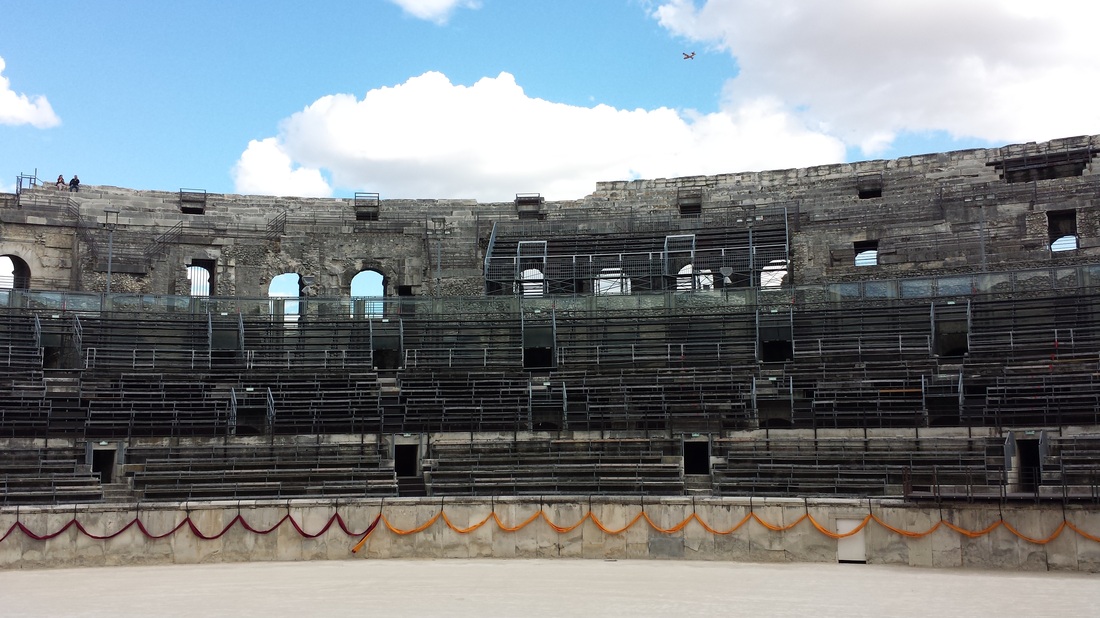
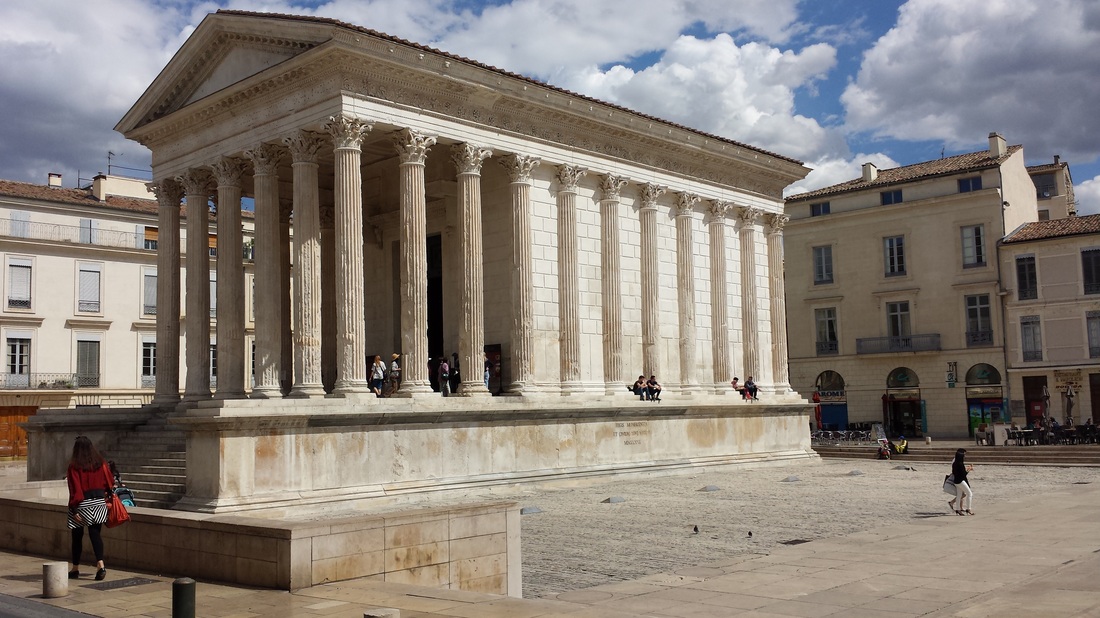
 RSS Feed
RSS Feed